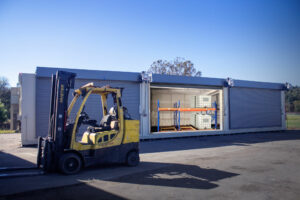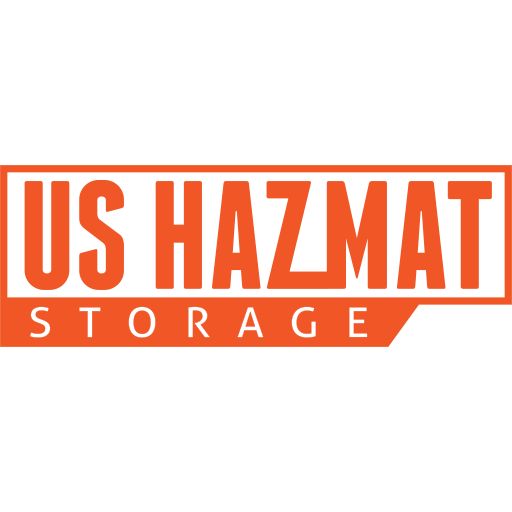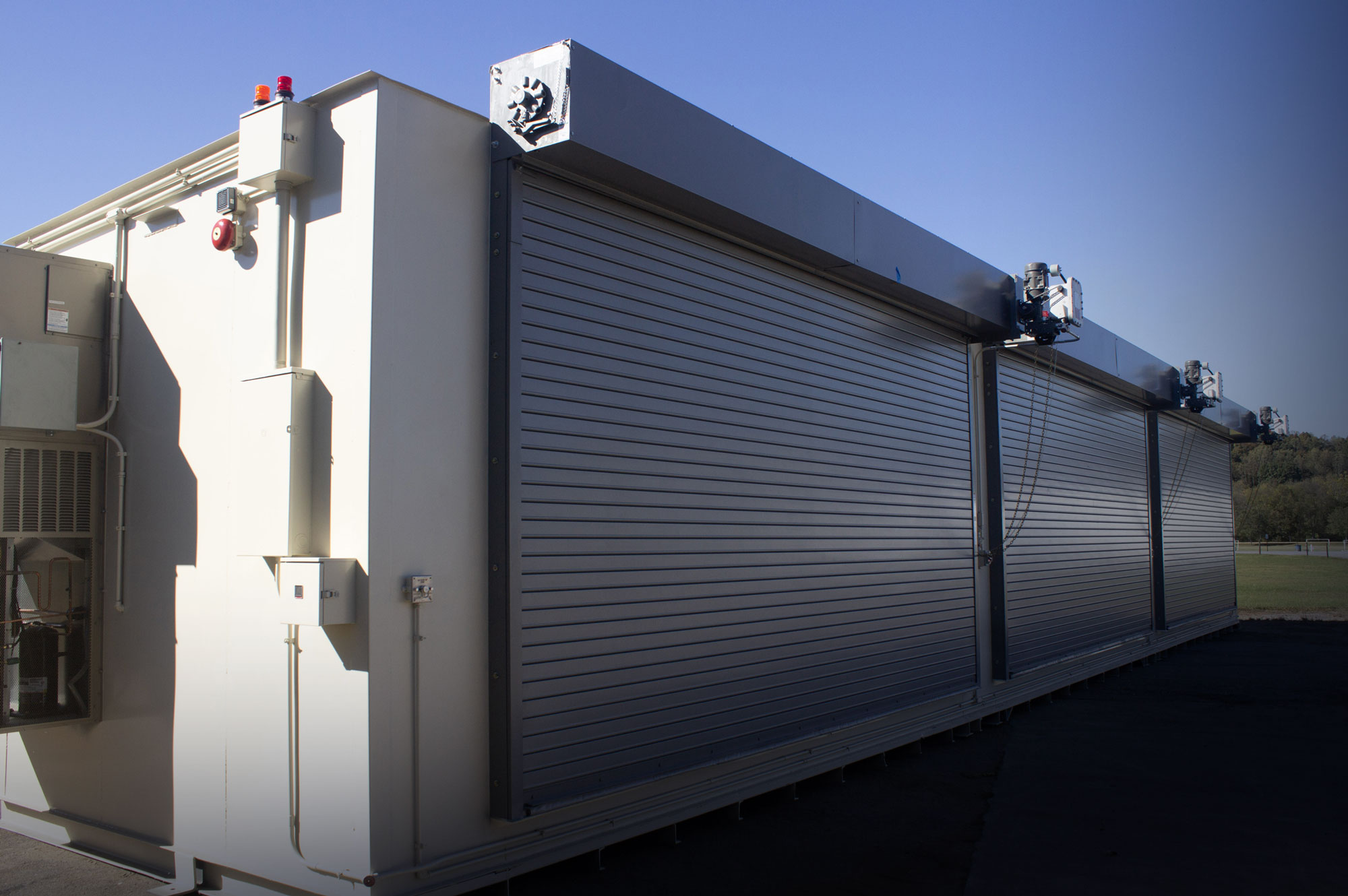Hazardous materials are nothing to mess with. Every year, thousands of employees are maimed or injured due to accidental exposure to dangerous chemicals. But if hazardous chemicals so dangerous, why do businesses use them? While inherently dangerous, hazardous materials help get the job done. From cleaning and degreasing equipment to synthesizing compounds and lubricating engines, hazardous materials are a necessary manufacturing building block. Like a lumbering excavator or pulverizing jackhammer, hazardous materials can be a welcomed addition to any jobsite if used correctly. But like with any other piece of heavy equipment, special precautions must be taken with hazardous materials to keep employees safe while improving productivity. Failure to adhere to OSHA and NFPA safety regulations will lead to accidental fire, explosion, injury, and hefty civil penalties.
Hazardous Material Storage Protects The Communities You Serve
How often have you turned on the news to see disturbing footage of another chemical spill or fire? The bleak scenes can be unnerving and appalling, especially if the accident is nearby. Hazmat incidents displace families, destroy homes, and erode the confidence of townspeople who patronize the companies responsible for the disturbing images we see. Manufacturers have an unspoken agreement with the communities they serve. Industries rely on local government tax incentives and a thriving local workforce to keep the lights on and the machines humming. Companies are responsible for taking necessary precautions to protect communities from hazmat incidents within their facilities. While there’s some truth to the saying, “there’s no such thing as bad publicity,” companies who ignore standard storage practices will quickly run out of town if they violate the tenuous bond of community and industry.
Proper Chemical Storage Safeguards The Environment

Of all the natural resources we exhaust for the production of goods and services, our ecosystem is the one indispensable resource we can’t afford to forfeit. We are already seeing the results of pollution and negligent storage practices on our environment. With Climate Change bringing scorching temperatures to every corner of the planet, we owe it to future generations to curb wanton waste and pollution. Investing in compliant chemical protection prevents inadvertent spills from further contaminating our streams and waterways. We all have a vested interest to safeguard against worst-case scenarios unless we want to see further restrictive government oversight and meddling bureaucrats.
All Employees Deserve Safe Working Conditions Near Hazardous Materials
Thousands of employees are injured annually due to non-compliant chemical storage practices. Employees are your company’s most valuable asset and deserve lasting chemical protection in hostile working conditions. Having compliant chemical storage on hand also engenders confidence and well-being amongst an already hurried and frazzled workforce. Investing in reliant hazardous materials protection could also reduce turnover while increasing productivity in safe working conditions. While no industry will ever be immune to the chemical hazards threats, manufacturers must do due diligence in lowering toxic event frequency.
Compliant Protection Saves Money
Hazardous materials aren’t cheap. With inflation continuing to havoc the bottom line, inventory managers must make a concerted effort to preserve current chemical stockpiles. Most hazardous chemicals are temperature-sensitive and can decompose under duress or rapid fluctuations. Furthermore, having onsite chemical storage allows product specialists to organize and inventory current supplies so they don’t accidentally order surplus products, further eating away at expenses. There’s also the issue of fines. How can your business expect to profit if you’re appropriating line items to civil penalties for improper storage? Noncompliant chemical storage should never be the “cost of doing business.”
Hazardous Materials Storage Helps With Taxes
In certain situations, the federal government allows companies to deduct the storage cost from taxes if they prove it helps with operations. While the tax write-off deductions will differ across all industries, every dollar counts when you’re trying to reduce operating expenses. Onsite chemical protection could lower insurance premiums and rates if insurers understanding you’re taking appropriate measures to prevent property damage.
How Do You Store Hazardous Materials?

Although understanding complex OSHA regulations is mind-boggling, there are a few universal truths regarding safeguarding dangerous chemicals. Hazardous materials are toxic to humans and can cause respiratory problems, seizures, or even death. Always store hazardous materials in a secure location below eye level for maximum safety. Employees should keep hazardous materials containers closed when not in use. You should also never store incompatible materials together and have secondary spill containment available to prevent environmental contamination. Do you still have questions about hazardous materials protection? Our experienced and knowledgeable building advisors are here to help. Moreover, our chemical storage lockers can resolve any storage dilemma regardless of quantity or workflow operations. We have various non-fire-rated and fire-rated chemical storage options for all chemical classifications. Contact us today for a free quote and consultation!


